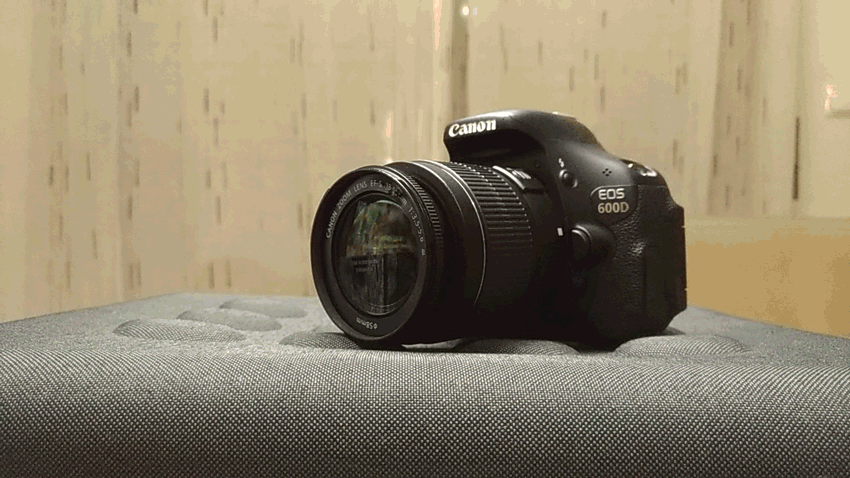The Whelk | Technical Description of Macro Photography Session

Hi everybody :)
The whelk, seen up close, becomes a natural sculpture crafted by time and the sea. The curved lines follow the spiraling movement of the shell, revealing its different layers. The dominant tone is beige, mixed with brownish spots and whitish marks, as if the sand and water had left their permanent signature.
The surfaces display varied textures, smooth areas that reflect light gently and rough areas where small cracks accumulate, evoking wear and tear. Some parts appear with a translucent shine, as if made of resin, while others reveal an opaque and brittle appearance.
Macro photography accentuates the contrast between focus and blur, guiding the eye to the most minute details: small openings reminiscent of caves, reliefs that resemble miniature mountain ranges, edges that stand out like cliffs. The blurred background envelops the shell in a soft environment, further highlighting its contours and colors.
It's a small object, yet imbued with grandeur, a vestige of the ocean that, magnified by the lens, takes on almost architectural proportions. Every curve, every stain, every shadow is silent proof of the journey this shell made before coming to rest in the photographic frame.
Technical Description of Macro Photography Session
Camera Settings
Focus Mode: Manual focus to ensure precision in specific details of the structure.
Aperture: Variable aperture between f/4 and f/5 for adequate depth of field, ensuring all important details are in focus.
ISO: Low ISO setting (800) to minimize noise in images.
Shutter Speed: Adjust shutter speed as needed to avoid underexposure, while maintaining a value that allows you to capture sharp details.
Procedures
- Environment Preparation:
Assembling the macro photography set in a controlled environment, minimizing the presence of dust and ensuring a clean and white surface for positioning the piece. - Section Positioning:
Placing the subject in position that highlight the unique characteristics, using appropriate supports to keep the example stable. - Lighting Adjustment:
Setting the LED lights to provide uniform illumination, adjusting the intensity and angle of the lights to eliminate unwanted shadows. - Image Capture:
Taking multiple shots with variations in aperture settings, shutter speed and capture angle, exploring different perspectives and compositions. - Image Review:
Immediate analysis of images captured on the camera's viewfinder to ensure that all desired details were captured sharply and clearly. - Post-Production Editing:
Importing images into editing software (Adobe Photoshop CS) to adjust brightness, contrast, sharpness and remove any imperfections.


Among the numerous techniques available for macro photography, this method is arguably the most cost-effective and efficient for individuals possessing a camera with a removable lens. By simply detaching the lens and reversing its direction, and employing an inversion ring, the process becomes more manageable and streamlined.
Let me present today’s model:


















The field of macro photography is a domain replete with limitless possibilities and boundless creativity. It is truly remarkable how the use of macro lenses, with their capability to produce beautifully blurred backgrounds, can yield such a diverse array of images rich in contrast and texture.
Macro photography unveils a world of intricate details that often escape the naked eye. It is as if an entirely new universe unfolds before the lens, inviting us to explore and appreciate the beauty inherent in the minutiae of everyday life.
What makes macro photography so captivating is its ability to offer a new perspective on the world around us. With the right technique and vision, even the most mundane subjects can be transformed into works of art, each image telling its own unique story.
There are no limits to what can be captured. Each object becomes a potential subject, where the ordinary becomes extraordinary, where even the smallest details can evoke a feeling of surprise.
The session is closed for today.
Hope you like it :)

These photos weren't taken with a tripod
Camera - Canon EOS 600D
Lens - EFS 18-55mm
Location - Portugal

See you soon
Thank you for watching
Never forget
The price of anything is the amount of life you trade for it.
Time is life... value yours, make every fraction worth it.
Congratulations @aleister! You have completed the following achievement on the Hive blockchain And have been rewarded with New badge(s)
Your next target is to reach 320000 upvotes.
You can view your badges on your board and compare yourself to others in the Ranking
If you no longer want to receive notifications, reply to this comment with the word
STOPCheck out our last posts: